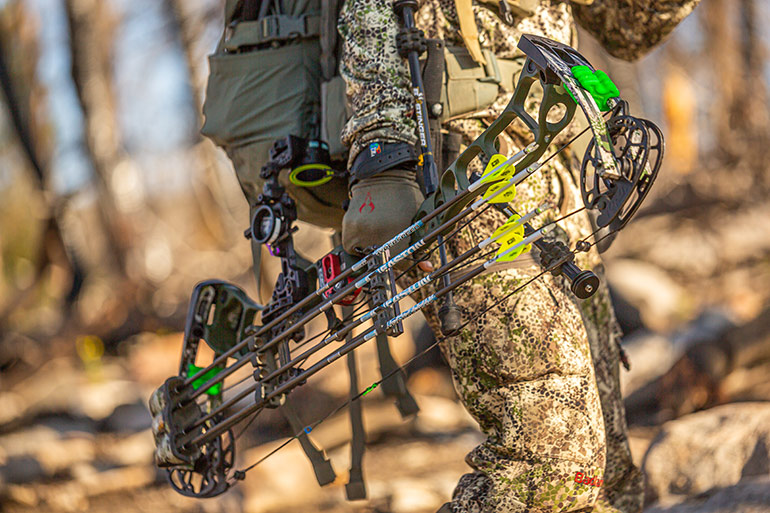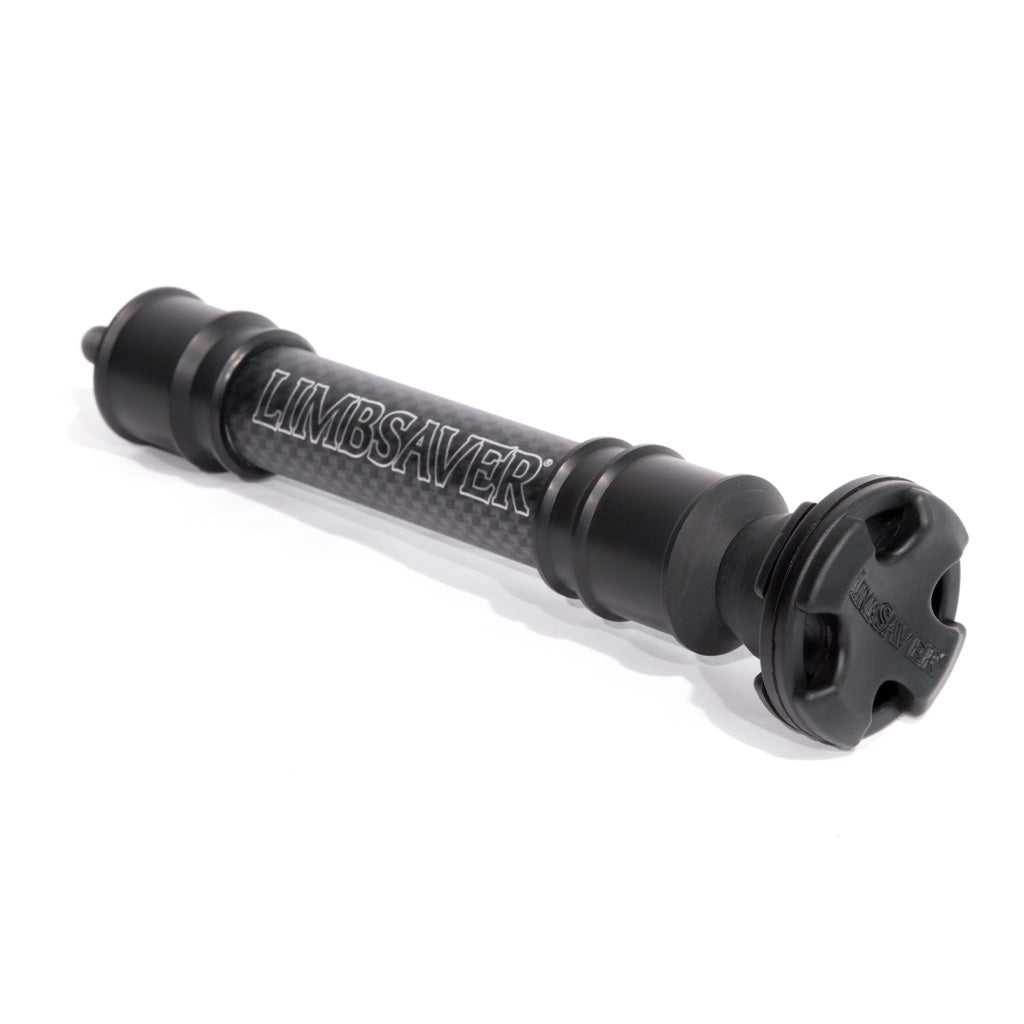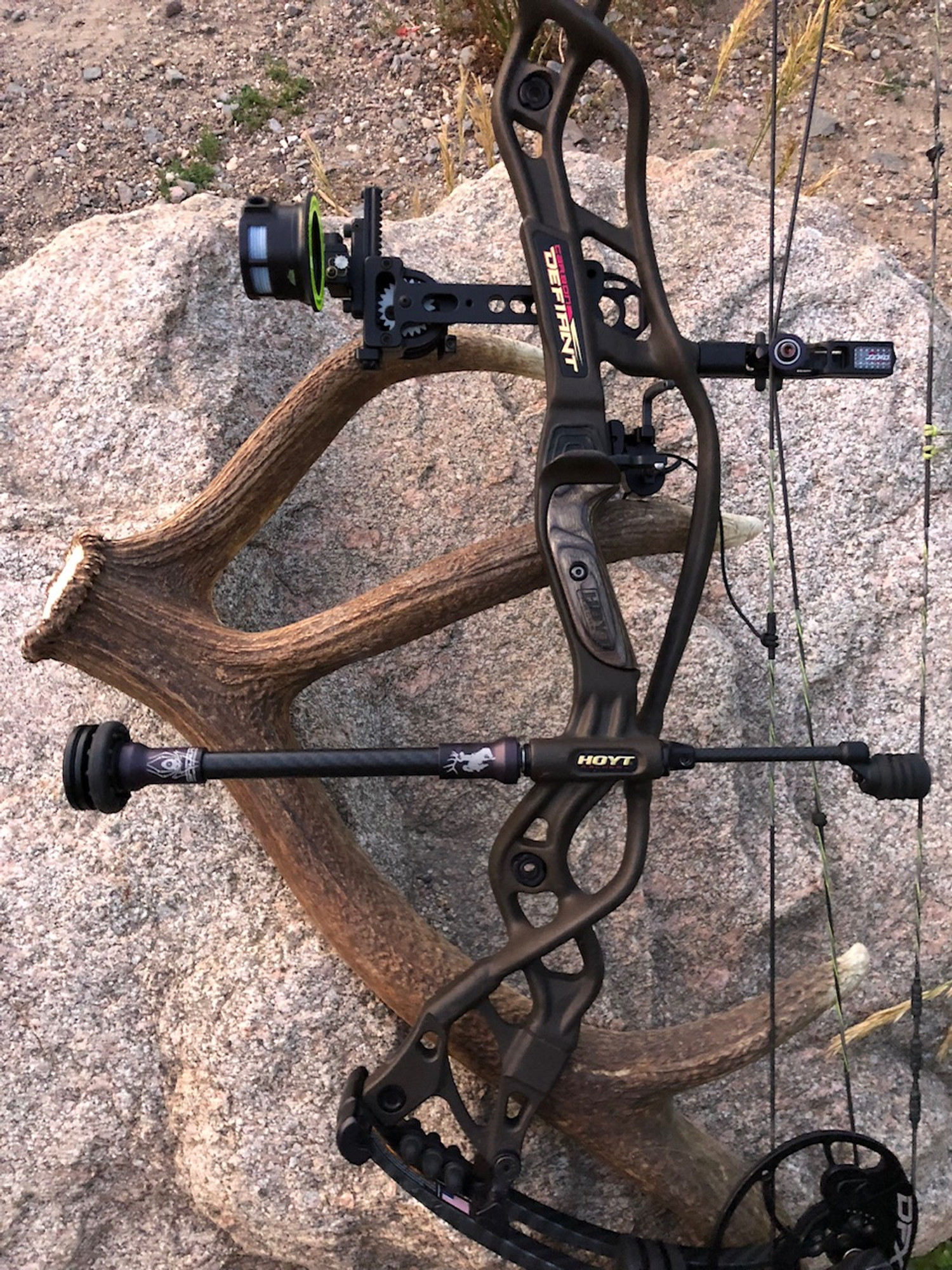Archery Stabilizer Basics: Improving Your Shooting Experience
Archery Stabilizer Basics: Improving Your Shooting Experience
Blog Article
Master the Art of Archery: Understanding the Relevance of a Stabilizer in Your Configuration
Archery, an old sporting activity that requires accuracy, focus, and ability, has actually mesmerized individuals for centuries. Whether one is a seasoned archer or just starting their journey, the significance of a stabilizer in their setup can not be overstated. This vital tool plays a considerable role in improving precision and boosting total efficiency. By understanding the advantages of utilizing a stabilizer, taking into consideration the appropriate elements when picking one, and correctly mounting and adjusting it, archers can raise their skills to brand-new heights. Let us explore the intricacies of understanding the art of archery and discover the very useful role that a stabilizer plays in achieving success on the array.
The Duty of a Stabilizer in Archery
A stabilizer plays a vital duty in archery by boosting equilibrium and decreasing vibrations during the shot. A stabilizer aids to combat these vibrations by dissipating the power and soaking up (archery stabilizer).
One of the major advantages of a stabilizer is its capacity to enhance equilibrium. When an archer holds a bow, it can be challenging to keep a stable goal. The weight of the stabilizer aids to disperse the weight equally, decreasing the stress on the archer's arm and improving stability. This allows the archer to concentrate on their goal and carry out a much more exact shot.
In enhancement to equilibrium, a stabilizer additionally aids to lower torque. The weight and design of a stabilizer neutralize this rotation, making certain a more consistent and precise shot.
Advantages of Utilizing a Stabilizer
The use of a stabilizer in archery provides numerous benefits that boost an archer's performance and overall shooting experience. A stabilizer assists to reduce the vibrations produced upon launch of the arrow. These resonances can cause the acquiesce torque or spin, leading to inaccurate shots. By soaking up and wetting these resonances, the stabilizer improves the security of the bow, permitting even more accurate and consistent shots.
Secondly, a stabilizer helps to balance the bow by adding weight to the front end. This weight distribution neutralizes the all-natural propensity of the acquiesce tip onward upon launch, decreasing the amount of movement and enhancing the archer's ability to preserve objective on target.

Last but not least, a stabilizer can also act as a shock absorber, lowering the shock and recoil experienced upon release. This not just improves the convenience of shooting but likewise decreases the danger of injury or strain on the archer's body.
How a Stabilizer Boosts Precision
Enhancing the precision of an archer's shots, a stabilizer plays a critical function in boosting general performance. archery stabilizer. By including security to the bow, a stabilizer aids decrease the unwanted movement and vibration that can take place throughout a shot. This decrease in movement allows the archer to keep a consistent objective, leading to even more regular and exact shots

In addition, a stabilizer assists to wet vibrations that take place upon launch. These vibrations can cause the bow to shake, influencing the arrow's trajectory and precision. By taking in and dissipating these vibrations, a stabilizer assists to maintain the bow's security and guarantee a smooth and exact shot.
In addition, a stabilizer can likewise aid in stabilizing the weight distribution of the bow (archery stabilizer). By adding weight to the front of the bow, a stabilizer assists to balance the weight of devices, such as quivers or click here now sights, which may be connected to the bow. This well balanced weight distribution aids the archer keep a constant and regulated capturing position, causing boosted precision
Factors to Think About When Selecting a Stabilizer
When choosing a stabilizer for your bow, it is important to consider numerous variables that will certainly add to its total effectiveness and suitability for your private capturing style. The initial element to think about is the length of the stabilizer.
Another element to take into consideration is the weight of the stabilizer. The weight of the stabilizer can influence the equilibrium of your bow. A heavier stabilizer can assist to decrease vibrations and enhance security, causing a steadier shot. However, a lighter stabilizer may be chosen by shooters that prioritize ability to move and rate.
In addition, it is essential to think about the layout and construction of the stabilizer. Some stabilizers have adjustable features, such as flexible length or flexible weights, which enable you to customize the stabilizer to your specific demands. The products utilized in the building and construction of the stabilizer can likewise affect its effectiveness. Carbon fiber stabilizers are light-weight and sturdy, while light weight aluminum stabilizers provide an equilibrium between weight and rigidness.
Various stabilizers may function far better for particular shooting designs, such as target capturing or searching. It is suggested to consult with knowledgeable archers or experts to identify which stabilizer will certainly finest match your private needs.
Tips for Appropriately Mounting and Changing a Stabilizer
Longer stabilizers supply even more security yet can be less maneuverable, while much shorter stabilizers supply increased maneuverability but might sacrifice stability. Once you have picked the proper size, affix the stabilizer to the bow making use of the given installing hardware. Make certain that the stabilizer is securely fastened and straightened with the bow's riser.
After mounting the stabilizer, it is required to make adjustments to attain the wanted equilibrium and shot consistency. Start by changing the weight distribution along the stabilizer. Furthermore, think about adjusting the angle of the stabilizer to adjust the shot.

Conclusion
Finally, a stabilizer plays a vital duty in archery by boosting precision and decreasing bow torque. By including weight to the bow, it helps to stabilize and stabilize the shot. When selecting a stabilizer, variables such as size, material, and weight need to be thought about to meet private needs. Correct setup and adjustment of the stabilizer are additionally important for optimal this content efficiency. Understanding making use of a stabilizer can greatly boost the archer's skill and accuracy.
Furthermore, a stabilizer can also assist in stabilizing the weight distribution of the bow. By adding weight to the front of the bow, a stabilizer helps to stabilize the weight of devices, such as quivers or sights, which might be connected to the bow. Some stabilizers have flexible features, such as flexible length or adjustable weights, which allow you to personalize the stabilizer to your specific requirements. Carbon fiber stabilizers are durable and light-weight, while light weight aluminum stabilizers offer a balance in between weight and rigidity.
Longer stabilizers provide more security but useful site can be much less manoeuvrable, while shorter stabilizers offer raised maneuverability however might sacrifice stability.
Report this page